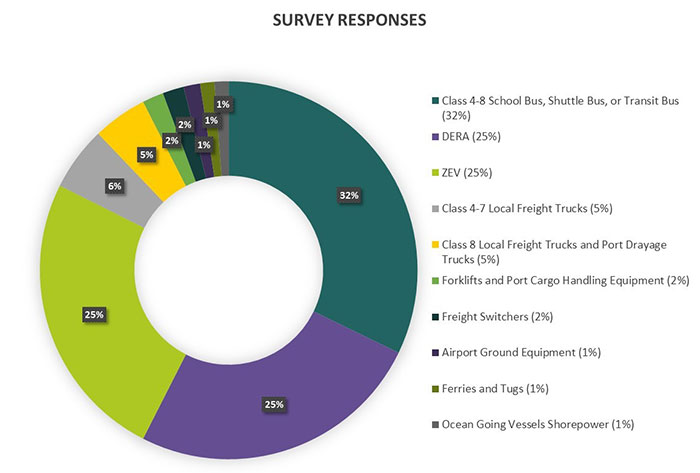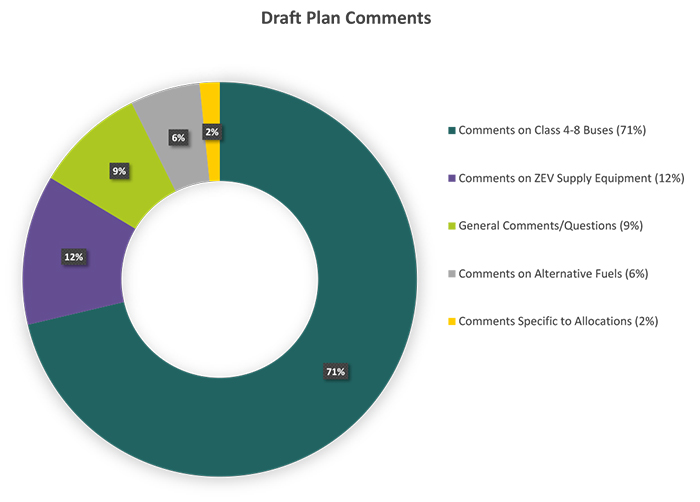Survey responses
A survey was placed on the website from February to April 2017 to seek input on how the VW Settlement Trust funds should be spent. Approximately 500 survey responses were received, with the most popular supporting the use of funds for school bus replacements, specifically for buses utilizing alternative fuel sources such as propane. The public was also overwhelmingly in favor of funding zero-emission vehicle infrastructure for light-duty electric vehicles and supplementing the Diesel Emission Reduction Act grant program.
Draft plan comments
Approximately 120 formal responses were received on the draft plan and were generally positive. A majority of the comments were in support of using funds to replace school buses, specifically focused on propane or electric buses.
Working Group Members
A state agency working group, coordinated by the Iowa Department of Transportation, has been tasked with reviewing the Volkswagen settlement requirements and evaluating potential uses of these dollars.
- Jared Smith - Iowa Department of Transportation
- Deb Arp - Iowa Department of Transportation
- Stuart Anderson - Iowa Department of Transportation
- Stephanie Weisenbach - Iowa Economic Development Authority
- MK Anderson- Iowa Economic Development Authority
- Karl Wendt - Iowa Department of Administrative Services
- Max Christensen - Iowa Department of Education
- Max Miller - Iowa Department of Justice, Office of the Attorney General of Iowa
- Ben Bellus - Iowa Department of Justice, Office of the Attorney General of Iowa
- Marnie Stein - Iowa Department of Natural Resources
- Stu Schmitz - Iowa Department of Public Health






